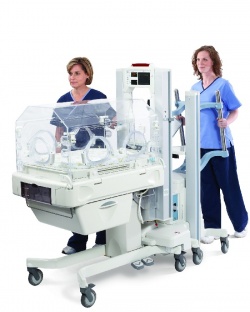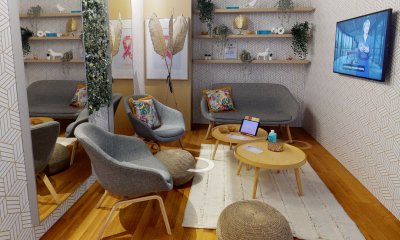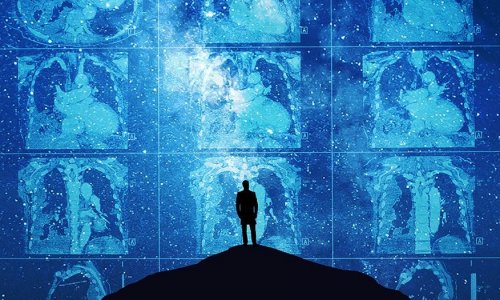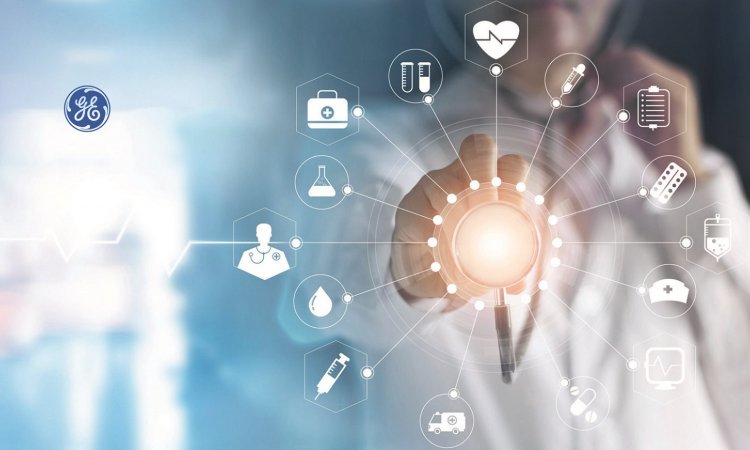New GE technology powers sick babies’ journeys within hospitals
GE Healthcare has introduced to the European market the Giraffe® Shuttle transportable power source for its Giraffe and Panda families of incubators and warmers. By transforming these healing environments into transport devices, the Giraffe Shuttle eliminates the need for transferring premature and sick babies to and from transport incubators.

Instead, Giraffe and Panda beds become a “one baby, one bed” solution; they can serve as hospital homes for these fragile infants throughout their stays, from Labor & Delivery to the NICU and to any other destinations within the hospital, such as surgery or radiology.
Proper thermal regulation can therefore be easily maintained every step of the way, allowing babies to focus their energy on healing and growing instead of on managing the stress of exposure to cold temperatures and excessive handling.
Recharging in just two hours, the Giraffe Shuttle provides up to 45 minutes of electrical power to these beds. It can accommodate accessories and auxiliary equipment such as life support monitors, ventilators and infusion pumps that may be needed during intra- hospital transport.
A history of infant-saving innovation
The Giraffe Shuttle is the latest in a series of GE innovations designed to help premature and sick babies along the road to recovery.
In particular, over the last decade the company has provided exceptional performance in the Giraffe OmniBed. This full-featured incubator and radiant warmer in one provides a nurturing, life- sustaining environment that fosters growth, encourages healthy development, simplifies and standardizes care, and helps promote positive outcomes for sick infants. It offers advances such as a Boost Air Curtain to protect infants from heat loss when a bed door is opened and patented pressure-diffusing mattress that rotates 360 degrees to minimize nuisance touch.
As a direct result of such improvements, infants at gestational ages as young as 22 weeks and with birth weights as low as 350 grams (just over 12 ounces) have survived and flourished in recent years.
21.06.2010











